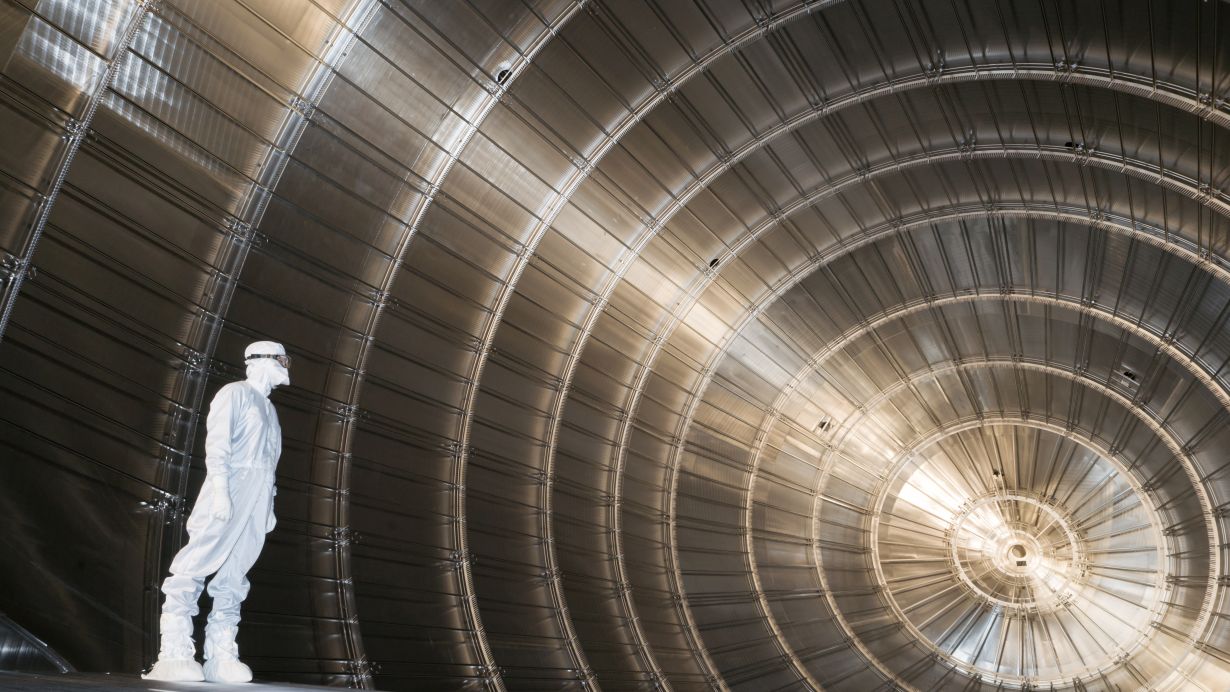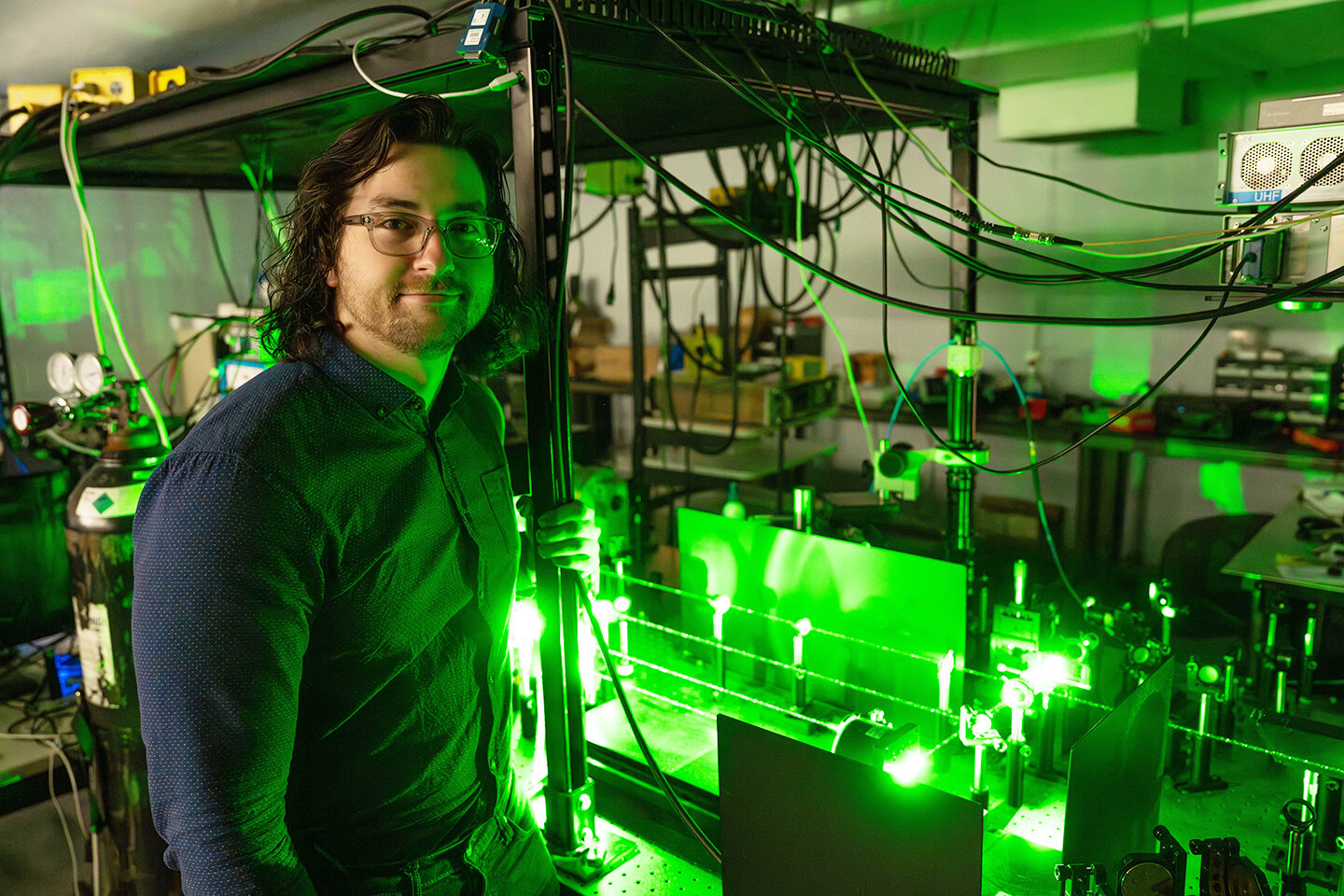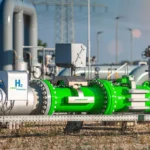Space Epoch’s booster, during its successful water landing on May 29. Credit: China Media Group.
A New Era in Chinese Spaceflight
In a remarkable demonstration of technological advancement, Chinese aerospace startup Space Epoch has successfully conducted a test of its reusable rocket, Yanxingzhe-1, culminating in a controlled ocean landing. This achievement signifies a pivotal moment in China’s pursuit of sustainable and cost-effective space exploration.
The Test Flight: A Technical Overview
The test took place at the Oriental Spaceport in Shandong province. The Yanxingzhe-1 booster ascended to an altitude of 2.5 kilometers during a 125-second flight. Following its ascent, the rocket executed a series of complex maneuvers, including engine shutdown, free descent, engine re-ignition, and a controlled hover, before achieving a soft landing on the ocean surface. Although the booster eventually sank, the test validated critical technologies essential for future recoverable launches.
Mission Timeline and Key Maneuvers
- Vertical takeoff from Oriental Spaceport
- Reached 2.5 km altitude
- Engine cutoff and free fall
- Engine reignition for hover and deceleration
- Soft ocean landing (eventual sinking)
Innovative Design and Engineering
The Yanxingzhe-1 booster is constructed from lightweight, thin-walled stainless steel and is powered by liquid oxygen and methane—a combination favored for its efficiency and environmental benefits. Measuring 26.8 meters in height and 4.2 meters in diameter, the booster is a testament to Space Epoch’s engineering capabilities. The successful test underscores the company’s progress in developing large-scale, reusable launch vehicles.
Why Stainless Steel and Methane?
Stainless Steel
Offers durability under extreme conditions and simplifies construction compared to composites.
Liquid Methane
Cleaner and more efficient than traditional rocket fuels, with potential for in-situ production on Mars.
Implications for China’s Space Ambitions
This milestone aligns with China’s broader objectives in space exploration, including the development of the Tiangong Space Station and plans for lunar and Martian missions. The success of the Yanxingzhe-1 test positions Space Epoch as a significant player in the global aerospace industry and reflects China’s commitment to advancing its space technology infrastructure.
Looking Ahead
Space Epoch aims to achieve orbital launches with the Yanxingzhe-1 later this year. The company’s progress contributes to the growing momentum of China’s space program and its efforts to establish a sustainable presence in space.
What Does This Mean for the Future of Space Exploration?
As China continues to make strides in reusable rocket technology, how might this influence global collaboration and competition in space exploration? Share your thoughts and join the conversation.










